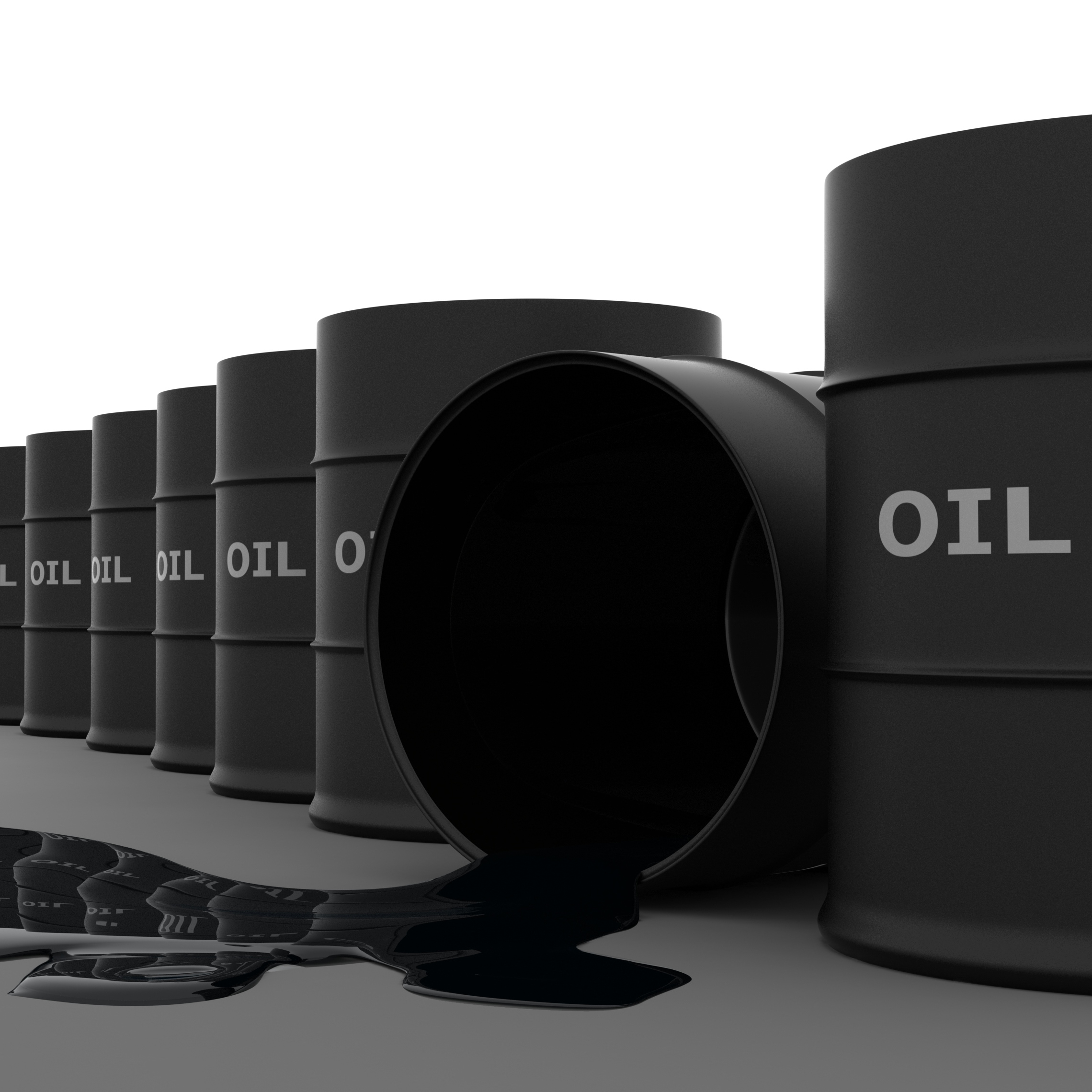
The U.S. Energy Information Administration (EIA) has raised its forecast for the price of a barrel of Brent crude oil for this year to $52, up from $51 in last month’s forecast. The forecast for West Texas Intermediate (WTI) was raised from an average of $49 to $50.57, a differential of about $3.50 a barrel between WTI and Brent. In Wednesday trading, the differential is nearly $5.50 a barrel.
The agency sees U.S. crude oil production coming in at 9.2 million barrels a day and rising to an all-time record of 9.9 million in 2018. Production rose from 9.09 million barrels a day in August to 9.34 million in September and is expected to close the year at 9.69 million barrels.
Gasoline prices reached a two-year high of $2.69 a gallon in September but had dipped back to $2.57 by October 2. The EIA forecasts U.S. gasoline will average $2.49 a gallon in October and drop to an average of $2.33 a gallon by December.
The EIA also released its “Winter Fuels Outlook” this morning with a forecast calling for average household expenditures on all major home heating fuels to rise this winter due to expected colder weather and rising energy prices. The agency forecasts natural gas spending will increase by 12%, spending on home heating oil will rise by 17%, electricity prices will rise 8% and propane prices are forecast to rise by 18%.
On average, winter temperatures are forecast to be 13% colder than last year, which the EIA said was significantly warmer than normal.
If the price differential (spread) between Brent and WTI closes as the EIA forecasts, that could raise the price of crude in the near term and lower it in the longer term. Brent crude for front-month (December) delivery already trades at a significant discount to Brent crude for January 2019 delivery. When the current spot price of a commodity is higher than the futures price, the market is said to be in “backwardation” and near-term prices should rise as traders lock in supply.
Backwardation is threatening in the WTI market as well. That could lead to two possible outcomes for U.S. producers: they could ramp up production or they could choose to hold the line to push prices higher. The EIA is suggesting that both could happen. That really depends on how successful OPEC and its partners are in draining current global stockpiles.
Is Your Money Earning the Best Possible Rate? (Sponsor)
Let’s face it: If your money is just sitting in a checking account, you’re losing value every single day. With most checking accounts offering little to no interest, the cash you worked so hard to save is gradually being eroded by inflation.
However, by moving that money into a high-yield savings account, you can put your cash to work, growing steadily with little to no effort on your part. In just a few clicks, you can set up a high-yield savings account and start earning interest immediately.
There are plenty of reputable banks and online platforms that offer competitive rates, and many of them come with zero fees and no minimum balance requirements. Click here to see if you’re earning the best possible rate on your money!
Thank you for reading! Have some feedback for us?
Contact the 24/7 Wall St. editorial team.
 24/7 Wall St.
24/7 Wall St.


